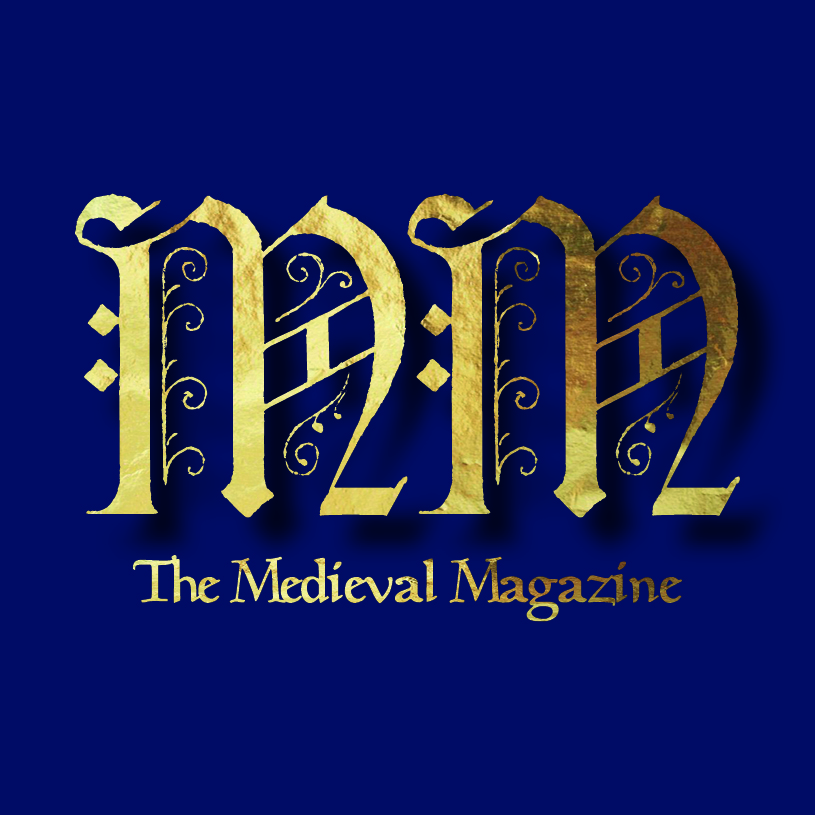Issue 153, Time in the Middle Ages
Issue 153, Time in the Middle Ages
As we approach the end of another year and we look towards the new year, it’s natural to think back on how we spent our time over the past twelve months. It’s a time to reflect on what worked and what didn’t, and for many people, a chance to review the past and plan the future. This issue is dedicated to exploring the medieval concept of time. We look at how it was counted, calculated, written about, and lived in the Middle Ages.
We begin by looking at how medieval people told time and the methods by which they marked its passage – such as candles, sundials, astrolabes, and water clocks. Then we see how a simple question, “What year is it?”, has a bit of a complicated answer as we learn about how medieval people calculated the year. In the arts, we closely examine The Triumph of Time over Fame and its important references to medieval time-telling. Musically, we look at the Divine Office and how monastic communities kept (and still keep) track of time for the singing of prayers. Last, but not least, we look at a marvelous creation – the mechanical Elephant Clock by the brilliant twelfth-century engineer Ismail al-Jazari.
We close this issue with non-theme topics – the second installation of our Templar series, a look at Byzantine dreams and divination, and the splendor of medieval Serbian art.
Hello, November 🌚 ⏳






